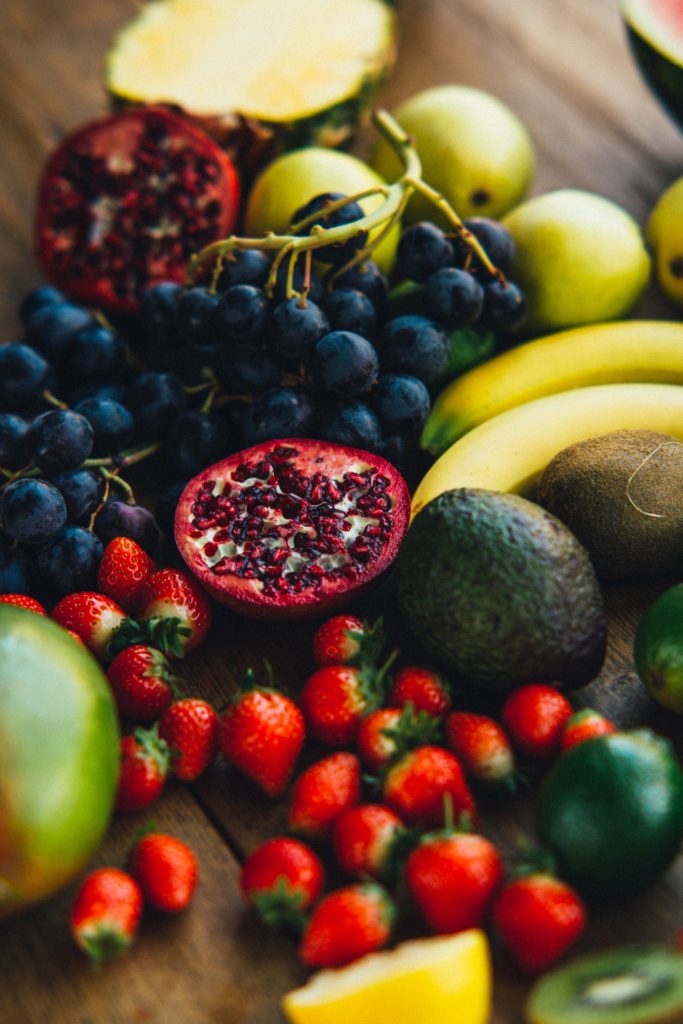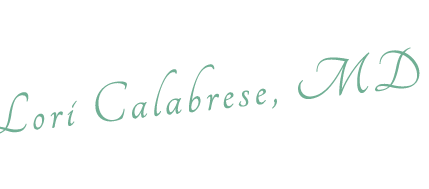Flavonoids go to bat for you and for your brain. They shield, protect, and fight for you — throughout your brain and over time — to help you flourish. Improve your resilience. Sharpen your mind. Enhance your memory. Prevent brain fog. Protect from conditions associated with dementia. Let’s talk about some of the ways flavonoids do that for you.
We’ll only scratch the surface, but we want you to learn why flavonoids are so important for you to eat every day and how they hit a home run for you. Every day.

Cholinesterase Inhibitors
Flavonoids protect your brain in thousands of ways.
Acetylcholine is responsible for impulse transmission across some of your synapses. But acetylcholine can be pretty scarce in Alzheimer’s, the most common cause of dementia, because it’s broken down by enzymes called cholinesterases. Although we still don’t know the exact cause of Alzheimer’s, there are several things that we see happen in the brain of someone who has it: cholinesterases break down too much aceytolcholine, beta-amyloid plaques deposit, tau proteins get phosphoylated, and oxidative stress reigns.
We’re all scared it could happen to us.
It turns out that cholinesterase inhibitors are one one of the useful therapeutic options to keep acetylcholine in the synapse — long enough to do its job. If the neurotransmitter acetylcholine is missing from the synapse, messages are deterred from traveling across the brain.
In Alzheimer’s, acetylcholine is pretty scarce.
Currently available drugs employ this process to slow the progression of Alzheimer’s. (And the same approach is being studied for other neurodegenerative conditions, like Parkinson’s and ataxia.)
There is a critical need for more safe and effective treatments against kind of dementia that all of us fear. The kind that literally makes you lose your mind. A bushel of flavonoids tested against cholinesterases (to see how well they inhibit them) led to quercetin — a flavonol flavonoid (!) — which turned out to be the most active and most effective. It inhibits cholinesterase 76.2%.
You don’t need to buy quercetin. Just eat it. You find quercetin in capers (the most concentrated food source), red onions, shallots, scallions kale, broccoli, brussel sprouts, cabbage, red apples, grapes, berries, cherries, green tea, and elderberry tea.
Free Radical Scavengers

Free radicals are pretty neurotoxic. They are highly reactive atoms with an unpaired electron that live for maybe a fraction of a second… and in that fraction of a second, they can wreck havoc in their search for another electron to stabilize themselves.
They’re produced naturally in our bodies as we break down nutrients (which we can’t avoid), and when we’re exposed to carcinogens in the environment (which we can avoid!).
Free radicals are bad actors. They damage DNA, cross-link proteins and damage them, damage lipids, and even damage cell membranes.
There’s just nothin’ good about ’em.
When they’re on the loose, they disturb the functions of different proteins, lipids, and essential body elements.
In addition, free radicals contribute to inflammatory damage to neurons and the development of Alzheimer’s disease (AD). We see that because we find elevated levels of oxidative stress markers in people with Alzheimer’s.
Another hallmark of AD is that glial cells get activated–but not in a good way! When microglia activate, they generate pro-inflammatory cytokines as well as superoxide anions, and free up nitric oxide to react with superoxide …. and create even more stress on the brain. Inflammatory action in the brain is NEVER a good thing.
Help!
Green tea is brimming with antioxidants. They chelate metals and scavenge free radicals — additional ways that flavonoids protect your brain. The most effective scavenger, though, is EGCG. It inhibits fibril formation during ABeta aggregation and inhibits ABeta-induced cell death–which helps neurons in the hippocampus survive. (ALWAYS a good thing.)
I know this all sounds like alphabet soup. But be assured of this: anything that involves the chemistry of the brain and nervous system is dominated by alphabet descriptions. And we’re not quite finished with that.
As far as Neurotoxins and Neuroinflammatory Modulators are concerned, flavonoids come to the rescue again.
Scientific evidence implies that flavonoids may counteract underlying mechanisms of neuronal injuries which can slow down and block the advancement of some neurodegenerative disorders.
For example, drinking green tea may reduce the risk of Parkinson’s disease. It can weaken and slow neurodegeneration as well as help prevent ischemic hippocampal injuries.

Plus, the neuroprotective properties of flavonoids help with other diseases like Huntington’s disease via the ERK pathway. Citrus and blueberries may both slow down and inhibit that kind of neurologic damage.
And what about brain fog?
Flavonoids Improve Your Cognition
For instance, soy foods have isoflavones. They have this wonderful talent to enhance your ability to learn and remember. Why? Because they tend to mimic the way estrogens function in the brain. In addition, they also specifically increase BDNF — so important in creating dendritic branching and arborization — and nerve growth factor (NGF) in the hippocampus and prefrontal regions of the brain.
These are foods like grapes and grape juice, cocoa (eat that 78% dark chocolate!), and blueberries — all improve your cognition. In fact, all those foods plus pomegranate, strawberries, and pure extracts of quercetin and EGCG can improve memory acquisition, help you retain short and long-term memories, and then help you pull those memories back out on a dime and remember when you want to.
Something called the dentate gyrus is highly sensitive to the effects of aging. It is the place where all of your sensory input first merges together to form unique representation and memories. Blueberries can improve the effects of spatial processing (and visual memory) through their action on the dentate gyrus.
All in all, flavonoids protect your brain in lots of ways by aiming their efforts at blocking and weakening the enzymes that produce amyloid plaques which are a hallmark of Alzheimer’s.
They can prevent the behavior abnormalities of AD. And tannic acid improves memory and behavior in AD.
The list of flavonoids that improve memory, block amyloid plaques, and improve conditions for those with AD is astounding. Since medications for Alzheimer’s are only marginally effective, if at all, it begs for more research in using flavonoids in Alzheimer’s and in other neurodegenerative disorders.
But remember that you don’t need to have dementia to benefit from the health giving properties of flavonoids. These same foods — enjoyed over time — can improve your cognition, your memory and recall, and your overall state of alertness now. Enjoy your veggies, your cocoa, and your green tea!

At Innovative Psychiatry, we encourage our patients to feed their brains with antioxidants and flavonoid-rich foods — in all the rich and varied colors they come in. Prevention is the best cure … but once a neurodegenerative disorder creeps in, you can’t go wrong to pound it with flavonoids that protect your brain and specialize in improving cognition.
If you’ve been suffering from symptoms of treatment resistant depression, PTSD, bipolar depression, social anxiety, substance or alcohol use disorders, or suicidal thinking, and treatments so far haven’t helped, call us.
IV ketamine treatment is a series of ketamine infusions that can be extraordinarily effective in your brain to relieve those symptoms. By working in multiple areas of your brain, ketamine can restore and proliferate synapses that will set your symptoms on their ear. It’s a remarkable treatment. Over a short series of infusions, you can find yourself emerging from a dark hole of symptoms and finding you have the light, energy, and hope you need to invest in your life again.
When you come to receive your treatment, you’ll be surrounded by a soft, spa-like atmosphere—quiet, zero gravity heated recliners, rooms with skylights, windows, treetops, or very low light — we’ve created it all so that you can fully relax. Gorgeous. Clean. We even use super high-tech plasma cell technology to destroy 99.999% of all viral and bacterial DNA from the air and so powerful it can lift and destroy it from surfaces! It was developed by NASA and the Department of Defense, and has been tested in hospitals around world. We are the first ketamine practice in the USA to offer this. So you can focus fully on making the most of your treatment without worrying about the Delta variant while you’re here.
All of our staff is vaccinated—it’s mandatory. (You should demand nothing less.) And we are PCR-tested every week at our expense by a private molecular DNA lab nearby. It’s concierge service for us — and for you.
Everyone is different — and every brain is unique — so ketamine doesn’t work for everyone. (Nothing works for everyone.) But the percentage of those who don’t benefit is so small that odds are it will be transformative for you.
If you’d like to make an appointment for an in-depth consult to learn about how this extraordinary treatment could help you, call us.
You’ve struggled long enough. Give yourself the opportunity to feel restored, so you can pursue the life you want to build.

To the restoration of your best self,
